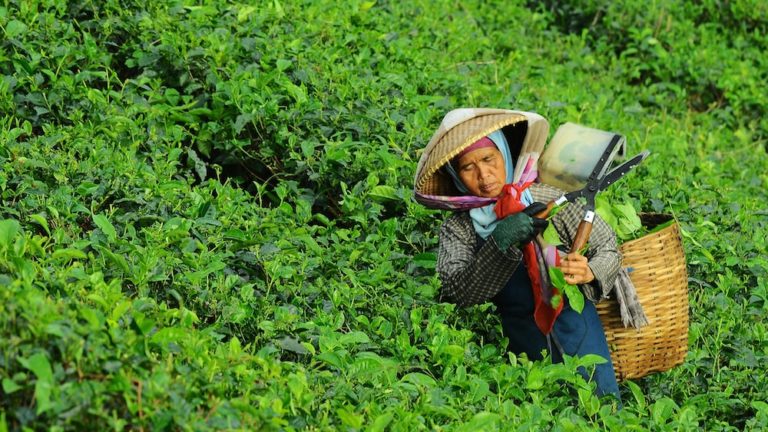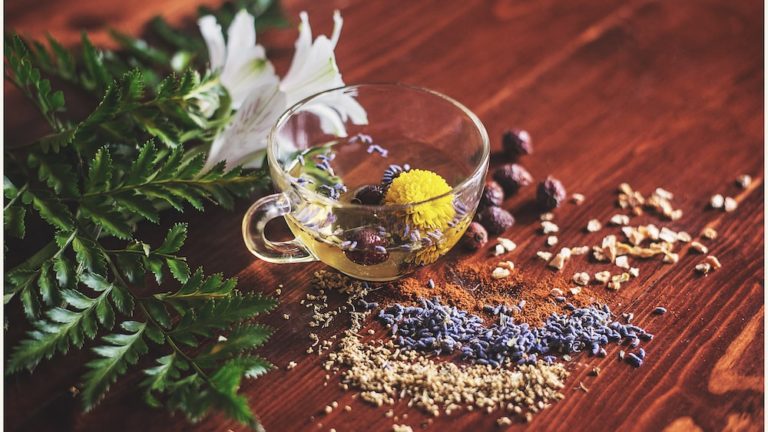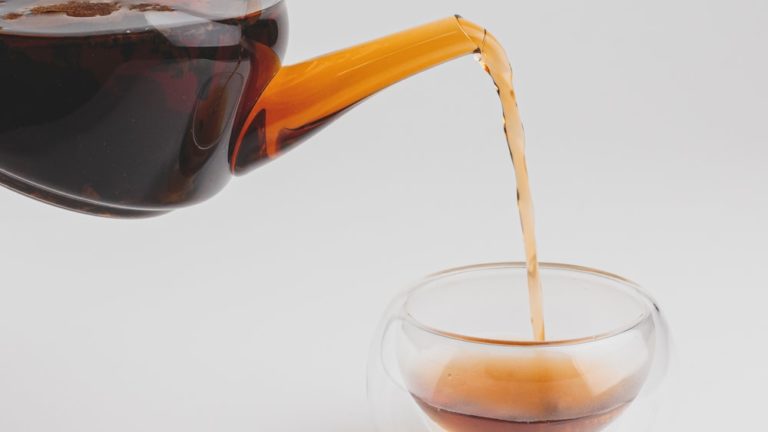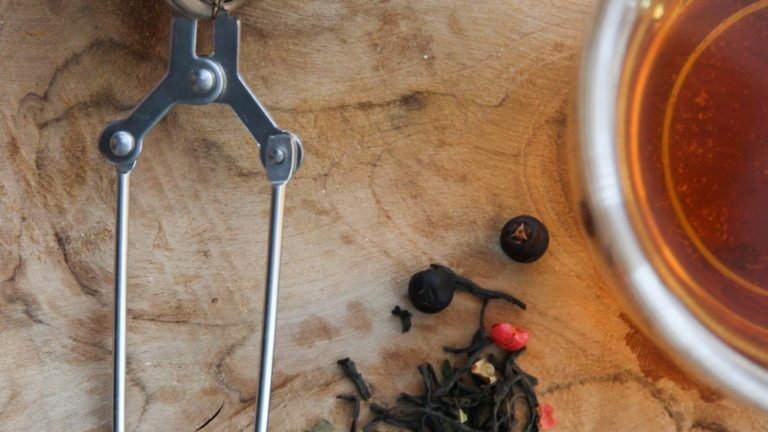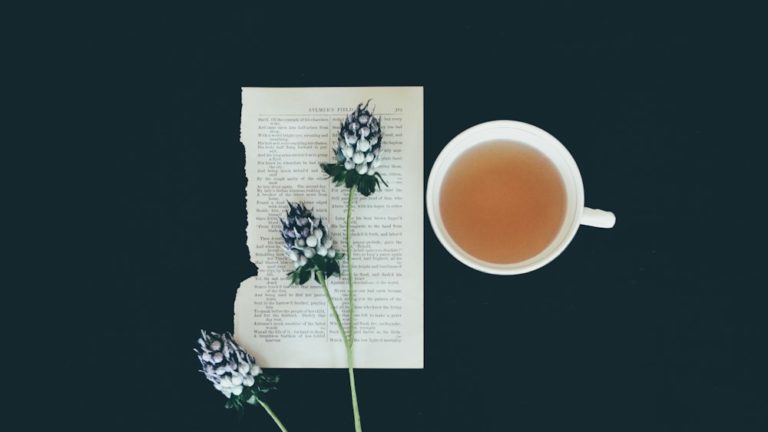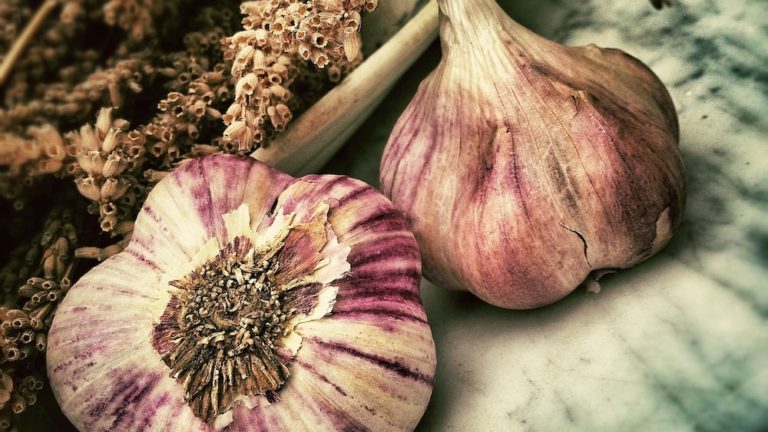Understanding What Does Pu Erh Tea Taste Like

Understanding What Does Pu Erh Tea Taste Like
Welcome, my fellow tea sippers, to a journey of discovery that’s as adventurous as exploring the catacombs of ancient civilizations – or at least as thrilling as a treasure hunt in your grandma’s attic. What does pu erh tea taste like, you ask? Well, aren’t we just about to tumble down the rabbit hole into the whimsical world of pu-erh tea! This brew, shrouded in mystery and tradition, is like a chameleon of cha, changing its colors – or should I say flavors – with a grace that would have the Mad Hatter swapping his hat for a teacup.
Key Points:
- Pu-erh tea has a complex and evolving taste profile, ranging from earthy to floral, with flavors that change with age.
- It comes in two types: Raw Pu-erh, which is vibrant and youthful, and Ripe Pu-erh, which is mature and well-rounded.
- Pu-erh’s taste is influenced by aging, fermentation, and terroir, with raw pu-erh boasting floral notes and ripe pu-erh offering earthy tones.
- Brewing techniques, water temperature, and steeping time are crucial for unlocking pu-erh’s true flavor potential.
- Pu-erh tea offers health benefits such as aiding digestion, promoting weight loss, and reducing stress.
- Selecting and tasting pu-erh tea involves exploring the diverse terroir, engaging the senses, and embracing the meditative experience.
Before we unfurl the leaves of insight, let’s chitchat a bit – because nothing’s better than talking tea, right? If you consider yourself a tea connoisseur or just a health-minded individual tiptoeing through the tantalizing tea-scapes, stay tuned. We’re here to spill the tea (not literally, of course) on pu-erh’s unique taste profile that has both rookies and tea zealots nodding in reverent agreement: it’s an experience for the senses like no other.
And between us, rumors have it that by the end of this little verbal expedition, you’ll not only understand what does pu erh tea taste like but find yourself a tad wiser about the alchemy of herbs and water. Fancy a wee bit of enlightenment with your cuppa? Let’s steep right in and savor the essence of what makes pu-erh, well, pu-erh!
The Unique Profile of Pu Erh Tea
Did someone say pu-erh tea has a personality? You betcha it does, and it’s as complex as a seasoned thespian capable of playing any role. From earthy depths to surprising heights, the taste of pu-erh tea can swing from one end of the flavor spectrum to the other. And just when you think you’ve pinned it down, it winks at you and tosses another hint of aroma or a new layer of taste upon your palate. Hang onto your teacups, friends; we’re off to explore this magnificent character.
Defining Pu Erh Tea
Ah, pu-erh tea – it’s like the Gandalf of the tea community, shrouded in wisdom and age-old secrets. So, what is this enigmatic potion? Pu-erh is a type of fermented tea that originates from the Yunnan province of China, known to locals and pilgrims in the tea pilgrimage alike as an ‘aged beauty.’ Much like a vintage wine, pu-erh gets better with time, and its aficionados will testify that its maturity brings a richness to the taste that is unparalleled.
You see, pu-erh isn’t just about the taste; it embodies a traditional processing method that involves a period of fermentation and the potential for aging, offering flavors that can range from floral to smoky, from fresh to earthy. Wondering what does pu erh tea taste like? Imagine pulling out an old leather-bound book from a shelf in the library of an ancient monastery, the scent that arises is as close as words can get to defining this brew’s initial olfactory greeting.
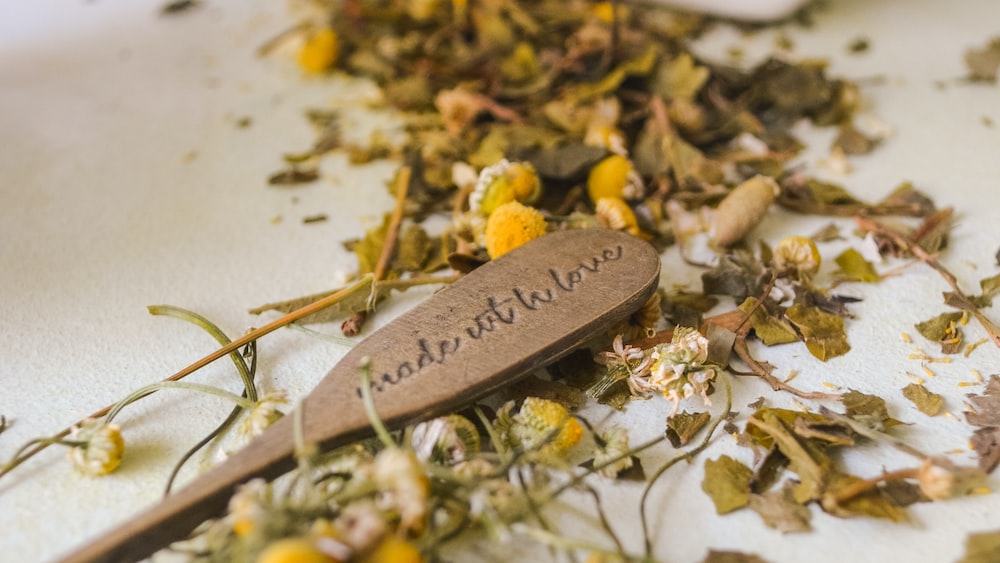
Pu-erh tea, like a vintage wine, gets better with time, offering unparalleled richness in taste and embodying a traditional processing method.
The Two Types: Raw vs. Ripe
In the left corner, we have Raw Pu-erh, the spirited youngster of the duo, also known as ‘Sheng’. With a vibrancy that could spark up any taste buds’ soiree, raw pu-erh dances on the tongue with a slightly astringent zing, mellowing out with time into a deep mellifluous symphony of flavors.
And in the right corner, meet Ripe Pu-erh, or ‘Shou’, the more mature, well-rounded sibling. Oh, don’t be fooled by its subdued nature; ripe pu-erh is like the plot twist in your favorite novel – unexpected richness and complexity unfolding in your mouth with earthy notes that would have soil itself blushing with envy.
The Sensory Experience of Pu Erh Tea
Brace your senses! The tasting experience of pu-erh is like a masquerade ball for your taste buds – never knowing what surprising character will show up next. What does pu erh tea taste like, is akin to asking what the colors of the sunset look like; it’s a palette that continually evolves, offering a kaleidoscope of sensations in every sip.
Aroma Characteristics
To begin, close your eyes. Now, let the aroma of pu-erh tea lure you into its embrace as if it were a siren’s song, velvety and alluring. The first act, ladies and gentlemen, is the nasal ballet, where raw pu-erh bursts forth with a youthful floral bouquet, hinting at sweet meadow air after a spring rain.
Next, our ripe pu-erh enters the stage. It takes a deep bow as it presents rich earthy tones – imagine opening the door to a room filled with antique wood furniture, where the soft scent of mossy forest floors hangs in the air, paired with a whisper of decadent fruitiness. Together, they create a symphony that captivates the olfactory senses, bidding you to take that first anticipated sip.
Close your eyes and let the aroma of pu-erh tea captivate your senses with its youthful floral bouquet and rich earthy tones, creating a symphony that bids you to take that first anticipated sip.
Flavor Palette
When it comes to pu-erh tea, expect a flavor palette that’s as diverse as the United Nations assembly. Our pal raw pu-erh comes out bright-eyed and bushy-tailed with notes of fresh hay and a zest that keeps the taste conversation lively. Keep it close, and it’ll whisper of green apple tang and occasionally toss a bittersweet chocolate whimsy into the mix.
Meanwhile, ripe pu-erh plays the wise sage, drawing you in with earthy tones, reminiscent of a walk in the woods much to the envy of a truffle hog. It might even surprise you with a dab of sweetness akin to dried dates, hidden beneath layers of matured complexity that make every sip a deep dive into a velvet-lined cave of wonders.
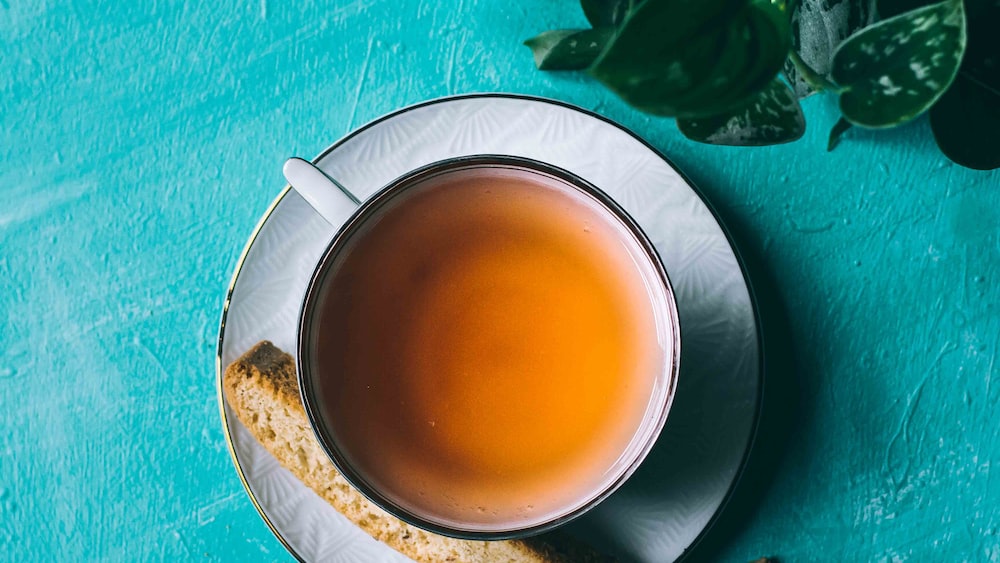
Texture and Mouthfeel
The texture of pu-erh tea is nothing to scoff at; it’s a full performance in and of itself. With raw pu-erh, the initial sip greets you with a lively briskness, like a light breeze that imparts a crisp, clean finish. It’s like biting into a granny smith apple, minus the crunch but with all the sass.
But let’s flip the script and talk ripe pu-erh, the velvety smooth operator. The mouthfeel here is as rich as a billionaire’s bank account, coating the palate with a liquid luxury so sumptuous, it might as well be cashmere for your tongue. It’s the kind of brew that warms you up from the inside out, reminding you of the cozy comfort of a purring cat in your lap.
Factors Influencing Pu Erh Tea Taste
Settle in, because we’re about to unravel the whirlwind romance between pu-erh tea and its taste influences. Not unlike the passion between orange marmalade and buttery scones, the flavor of pu-erh is a tango of variables, each step taken affects the dance.
Impact of Aging on Flavor
One might compare pu-erh tea to a fine Scotch, asking not ‘how old is it?’ but rather ‘how good has it aged?’ Indeed, time bewitches pu-erh, teasing out sophistication with each passing moon. Young raw pu-erh can be as bright as a sparkler on New Year’s Eve, full of life and promise.
But give it time – yes, time, that sly old cat – and pu-erh mellows, its initial bursts of energy settling into a aura of complexity that could easily be the envy of any aged Burgundy. The taste evolves into an amalgam of subdued power, often yielding a harmony of flavors that tells the tale of its years spent daydreaming in a quiet, darkened corner.
Pu-erh tea matures with time, evolving from vibrant energy to a complex and sophisticated harmony of flavors that tells the tale of its aging.
The Role of Fermentation
Let’s lift the curtain on fermentation, the unsung hero in the world of pu-erh tea. This process is like a backstage alchemist, transforming ordinary leaves into an extraordinary brew. It’s here in this microbial fiesta that pu-erh embraces its destiny, developing rich, complex flavors.
Raw pu-erh embarks on this fermentation journey naturally, over time, much like a caterpillar weaving its cocoon. Ripe pu-erh, however, gets a jumpstart, with fermentation induced much like pushing the fast-forward button, bringing forth those deep, earthy notes at a pace that’s more rabbit than tortoise.
Terroir: How Origin Affects Taste
Last but by no means least, let’s tip our hats to terroir, the whispering earth that imparts its signature unto the pu-erh tea. Much like wine, pu-erh tea takes on the nuances of its home soil, the climate’s mood, and the laughter of the local flora.
When it comes to raw pu-erh, the terroir can sway its taste with the subtleties of a gentle breeze. It might boast the floral notes of Yiwu’s gentle hills or the robust vigor of Bulang’s mountain heart. As for ripe pu-erh, it’s as if the terroir hums a base note, giving the fermented leaves a stage upon which to strut their earthy stuff.
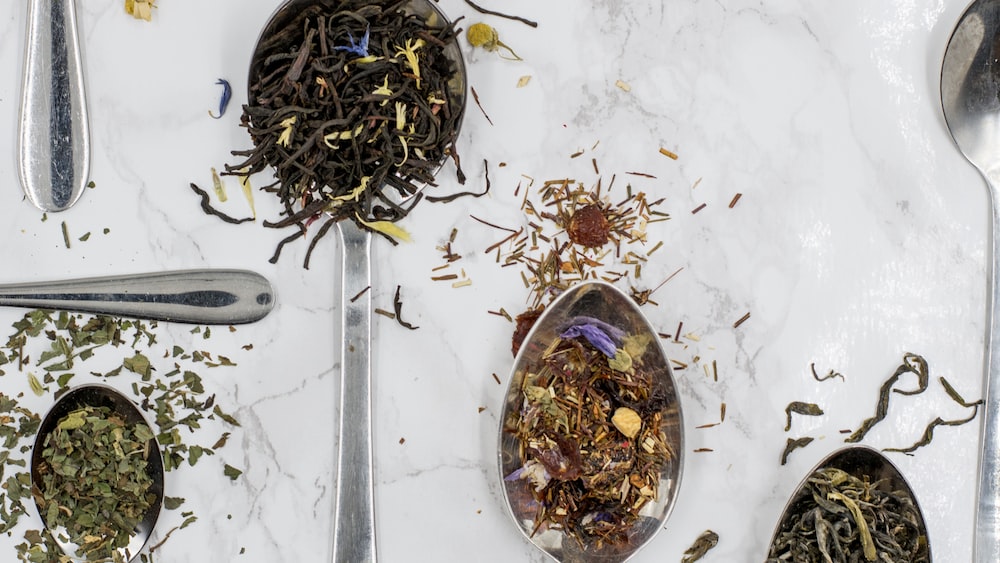
Pu-erh tea, like wine, absorbs the unique characteristics of its environment, creating distinct flavors influenced by the earth, climate, and local flora.
Preparing Pu Erh Tea for Optimal Flavor
Want the 411 on unlocking the treasure chest that is pu-erh tea‘s true taste potential? I thought you might! The secret lies in the art of brewing, a waltz that requires just the right steps for the magic to happen. It’s like baking the perfect loaf of sourdough – precision, care, and a touch of intuition.
Brewing Techniques
Brewing pu erh tea is like conducting a symphony; it’s all about harmony. To extract its unique character, you’ll want to consider the delicate dance between time, temperature, and proportion. Whether you’re a maestro of the gaiwan or a novice with a simple teapot, the goal is to coax out that full-bodied melody of flavor. A popular technique among purists is the Gongfu style, which involves multiple short infusions using more leaves and less water. Think of it as speed dating with your tea – you get many quick glimpses into the depth of its personality.
For those with more modern sensibilities, fear not! Pu erh can be brewed in a French press, where it lounges like it’s on a velvet chaise, steeping until bold and awakened. Regardless of how you brew it, the voyage of discovery is half the fun. And remember, similar to romantic comedies, pu erh tea often enjoys a prelude – a quick rinse with hot water to reveal its true potential. It’s not just about flavor, it’s about unveiling the tea’s soul.
Water Temperature and Steeping Time
Water temperature and steeping time are the Jekyll and Hyde of tea brewing – get them right, and you’re sipping on liquid magic; get them wrong, and it’s disaster in a cup. For pu erh, the consensus among aficionados is clear: near-boiling water is key – it strips away the tea’s coyness, leaving it nowhere to hide. But exactly how hot is that? Aim for a water temperature around 208°F (98°C) to unlock the tea’s deepest secrets without a scorching betrayal.
Now, as for steeping time, it’s a finely tuned ballet. In Gongfu brewing, each steep is brief – start with a mere 20-second pirouette, and increase the time with each subsequent infusion. It’s all about watching and sniffing, akin to judging the doneness of a cake by its aroma wafting through the kitchen. It’s advisable too, to pour a graceful arc from your kettle to the cup, because, as we all know, tea likes a little bit of drama.
With these lessons etched into your heart, we must acknowledge the personal touch. Some like it strong, with the audacity of a rock anthem, and will push those steeping times until the tea leaves scream. Others prefer a gentle caress of flavor, delicate and fleeting. It’s your canvas; paint your masterpiece.
Utensils and Teaware
When you’re embarking on a pu erh expedition, choosing the right vessels and tools is not unlike picking out armor for battle. The gaiwan, a lidded bowl traditionally crafted from porcelain, allows for deft maneuvering with its lid – serving as a filter and shield as you engage with the infusions. Alternatively, a Yixing clay teapot can be your worthy companion, its unglazed interior absorbing the essence of the pu erh, enriching each subsequent brew like a friendship deepening over time.
And let’s not forget the underdog – the humble pick or needle, vital for loosening the densely packed pu erh without causing a leafy massacre. It’s a tool that represents attention to detail and respect for the ancient craft of tea-making. Each piece of teaware plays its part, and together they create an experience that’s both aesthetic and functional. Choose wisely, and treat them well, for they are the guardians of taste.
As you gear up, recall that pu erh is more forgiving than some of its tea cousins. Don’t be paralyzed by perfectionism. It’s sturdy enough to withstand a bit of trial and error – a hardy hero in the kingdom of tea.
Choosing the right vessels and tools for your pu erh expedition is essential for creating an aesthetic and functional tea experience.
Starting Your Pu Erh Tea Journey
Embarking on the journey of pu erh can be as daunting as reading a map with no legend, but fear not, intrepid explorer! From the mystical mountains of Yunnan to the cup in your hand, you’re about to traverse a landscape bursting with taste, tradition, and a hint of adventure. Seize your trusty kettle, and set sail on these amber waves.
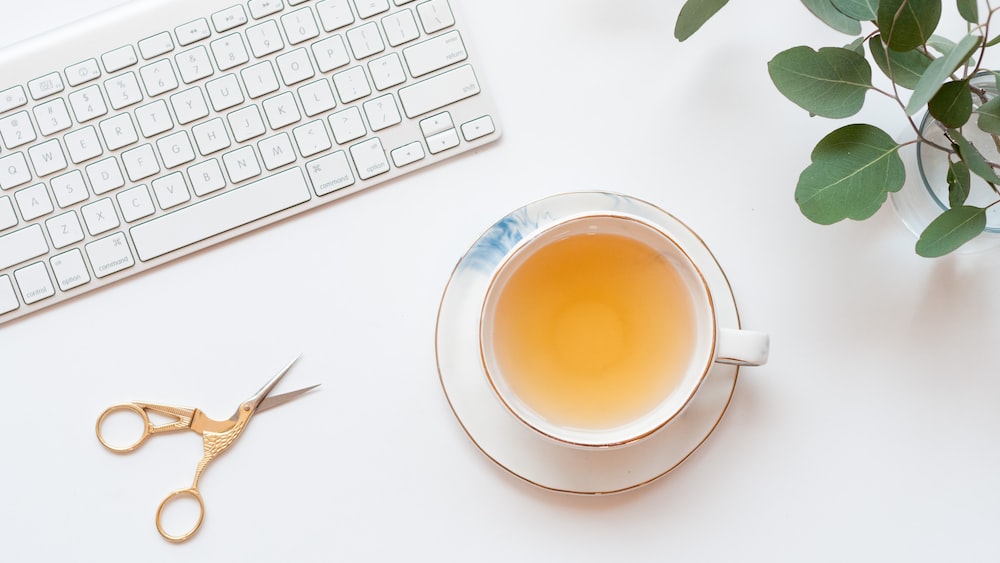
Selecting Your First Pu Erh Tea
When selecting your first pu erh, think about stepping into a botanical garden. Do you want to explore the raw, wild undergrowth, or do you prefer the cultivated calm of the well-tended path? Raw (sheng) pu erh greets you with a bright vitality, sometimes bracing like a splash of cold mountain stream water. It’s the unmistakable taste of youth and potential.
On the flip side, ripe (shou) pu erh is the wise old tree in the heart of the garden, draped in shades of dark earth and mystery – it offers a smoothness that hums a lullaby of deep, mature flavors. When starting out, look for well-reviewed brands or seek guidance from a trusted tea merchant. And never underestimate the power of a good label – stories of age, origin, and heritage often signify a tea with much to offer.
Lastly, it’s worth considering a tea sample set; an assorted collection that’s the equivalent of a box of chocolates – you never know what you’re going to get, but the surprise is half the pleasure. It’s a pocket-sized tour through the diverse terroir of pu erh, without the commitment of a full cake or brick.
Tasting Tips for Beginners
When it comes to tasting pu erh for the first time, approach it with the curiosity of a cat meeting a new house guest. Engage all your senses. Take notice of the tea’s aroma before and after brewing – does it hint of damp forest, of a barn full of hay, or perhaps a hint of that sweet, elusive aftertaste? Sip slowly, let it linger on your palate, and note the evolution, the layers that unfold on your tongue and the sensations left behind.
Here’s another secret: remember to breathe. Inhale the aromas, then take a small sip and breathe out through your nose. This olfactory whirlwind amplifies the experience, sharpening nuances and brightening the finish. Drinking pu erh is a meditative experience, so silence your phone, banish haste, and bask in the leisure of the moment – it’s a little bit of luxury in a cup.
Approach tasting pu erh with curiosity, engage all your senses, and savor the meditative experience by silencing distractions and basking in the leisure of the moment.
FAQs
1. What are the health benefits of Pu Erh tea?
The health benefits of pu erh tea are comparable to a treasure trove for wellness enthusiasts. Rich in antioxidants, this earthy brew contributes to overall health by aiding digestion, promoting weight loss, and reducing bad cholesterol levels. Anecdotal evidence suggests that its calming effect can also help reduce stress, making pu erh a healthy choice for both body and mind.
2. Can Pu Erh tea taste be altered during storage?
Yes, the taste of pu erh tea can be altered during storage. Optimal conditions are critical; think of it as catering to the fussy needs of a temperamental artist. A stable environment with controlled humidity and temperature ensures that your pu erh age gracefully, like fine wine in a cellar. Neglect in these areas, however, can lead to a lusterless and tired tea.
3. How does Pu Erh tea’s taste change over time?
As time marches on, so does the evolution of pu erh tea’s taste. The aging process transforms the brashness of youth into a melody of complexity and smoothness. A well-aged pu erh can offer a symphony of flavors – sometimes earthy or woody, with sweet notes rising like crescendos from the deep base of its profile.

4. Is Pu Erh tea suitable for daily consumption?
Pu erh tea is definitely suitable for daily consumption, offering a unique flavor and an array of health benefits. Its caffeine content, though present, is typically less jarring than that of coffee, making it a gentle companion for your morning routine or afternoon respite.
Conclusion
As our journey through the labyrinth of what does pu erh tea taste like comes to a close, we emerge more enlightened, with our senses tingling and a newfound respect for this complex beverage. This ancient brew, with its tapestry of tastes, unfolds differently for each person, yet it consistently rewards those who are patient and attentive.
We’ve navigated through daunting techniques, dissected the science of water temperature, and pondered the merits of various teawares, all in pursuit of that ultimate cup. Pu erh is more than a tea; it’s a voyage, an enduring camaraderie between the leaf and the consumer. It whispers stories of distant lands and holds the power to transform a mere drink into a transcendental experience.
Take everything you’ve learned and venture forth boldly, dear tea traveler. May your cups runneth over with splendid infusions and your palate rejoice in the discovery of flavors untold. Until next time, sip joyfully, and remember, each steep is a stitch in the tapestry of your own personal tea narrative. Warm wishes and happy brewing, Zoe.

